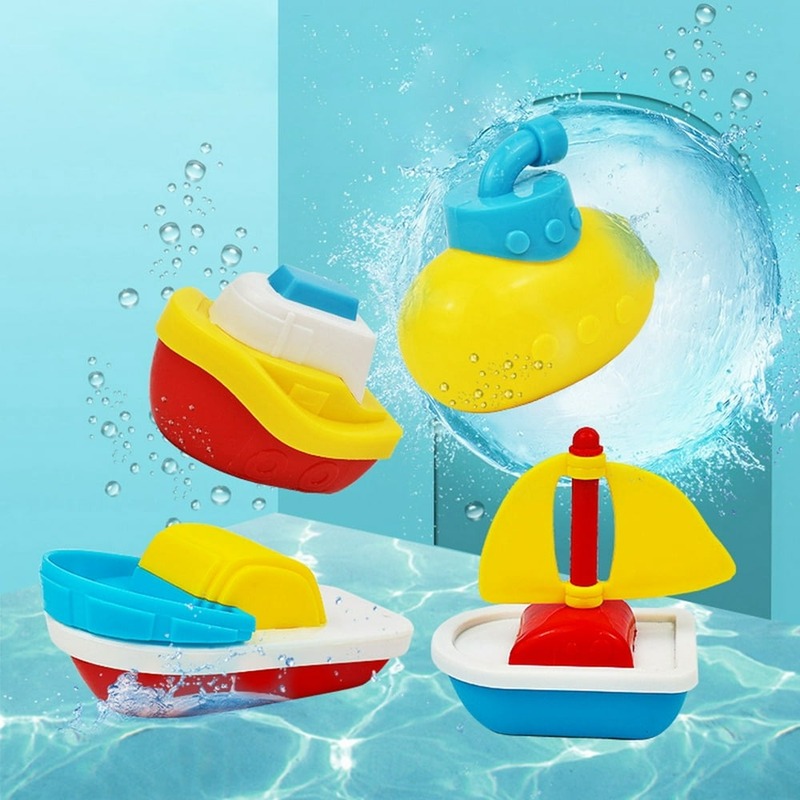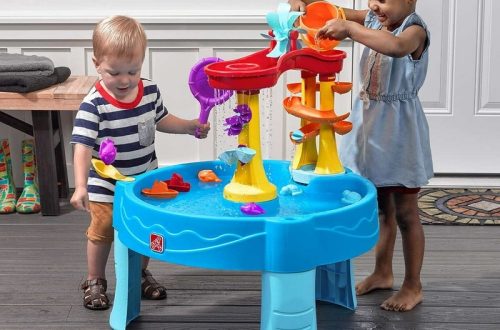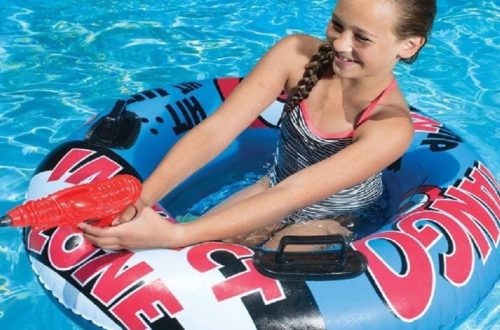Introducing Water Play for Toddlers
Water play is not just about fun. It’s a way for toddlers to explore and learn. With the right water toys for toddlers, little ones can improve their motor skills, coordination, and understanding of cause and effect. As they pour, splash, and play, they engage their senses and develop critical thinking.
Choosing safe and engaging water toys for toddlers is crucial. These toys should stimulate their curiosity while ensuring their safety. Made with durable, child-friendly materials, these toys can provide endless hours of play. Your goal should be to create an environment where toddlers can enjoy water play under careful supervision. Toys that are free of sharp edges and small parts are ideal.
When introducing toddlers to water play, start with simple activities. Fill a small basin with water and provide toys that float and sink. As toddlers grow, you can introduce more complex water toys that incorporate different mechanisms, like water wheels and pumps. This will challenge them and hold their interest for longer periods.
Remember, water play is also an opportunity for parents and guardians to bond with their children. It’s a chance to teach toddlers about water safety, sharing, and taking turns. Encourage them to play with others to boost their social skills as well.
In summary, water toys for toddlers offer a blend of safety, learning, and excitement. They are tools that help toddlers grow while they splash and play. In the following sections, we’ll explore specific types of water toys suitable for toddlers’ outdoor playtime.
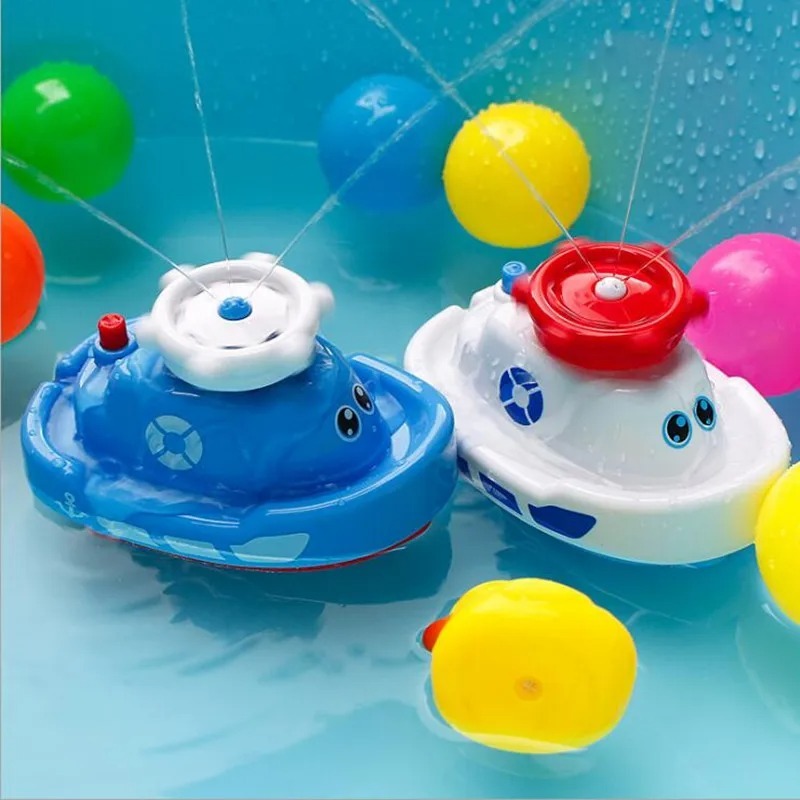
Best Water Tables for Toddler Outdoor Play
Water tables are perfect for young explorers. These tables, designed for toddlers, combine water play with learning. They come in various sizes and themes. Some depict sandy beaches, while others mirror busy water parks. With water tables, toddlers can splash, pour, and experiment with water flow.
Water tables stand at a height suitable for little ones. They can play while standing up, encouraging physical activity. Most tables include multiple play areas. Here, toddlers can interact with different water features. These may include spinning wheels, squirt toys, and more.
When choosing a water table, look for sturdy materials. Tables should be made with durable, non-toxic plastic. They must also be stable, with no sharp edges. Tables with adjustable legs grow with your child, ensuring a longer lifespan and better value. Also, consider water tables that offer sensory play elements. These might include areas for sand, bubbles, or even small fish.
In addition, many water tables come with accessories. Buckets, cups, and small figurines enhance playtime. They also provide an opportunity for toddlers to learn sharing and improve grip. Look for tables that encourage creative play, such as those that allow kids to create waterfalls or dams.
Safety is vital, so always supervise toddlers during play. Be sure the table has a drain for easy cleaning. And remember, regular cleaning is important to prevent mildew and bacteria growth.
In conclusion, water tables for toddlers are a great outdoor play option. They promote fun, development, and safety, making them an excellent choice for little ones.
Splash Pads & Mats: Soft and Safe Surfaces
Splash pads and mats offer toddlers a soft landing and loads of fun. They come in bright colors and various shapes, capturing kids’ imaginations. These water toys for toddlers provide an excellent safe play area. Here’s why they are a hit with both kids and parents.
Splash pads bring the fun of water parks right to your backyard. They are easy to set up and use. Mats are made from durable, cushioned materials. This makes them less risky for slips and falls. Kids love running through the gentle sprays. They learn to control movement on the wet surface.
When choosing splash mats, size and texture matter. Mats should be big enough for play but small enough to manage. Textured mats help prevent slipping. Pick options with raised edges to keep water in. This helps reduce mess and the need for constant refills.
Splash pads are also known for their sensory benefits. Toddlers feel the cool water jets. They see the spray patterns. They even hear the splashes. All these stimulate their senses. These toys help improve cognitive abilities and sensory processing.
Safety always comes first. Go for splash pads with smooth, round features. Avoid ones with hard nozzles or edges. Check for phthalate-free and BPA-free labels. These indicate the use of safer plastics.
Finally, always watch toddlers while they play on splash pads and mats. Ensure the water pressure is gentle. Keep the area free from hazards. This way, toddlers can enjoy a safe and delightful water play experience.
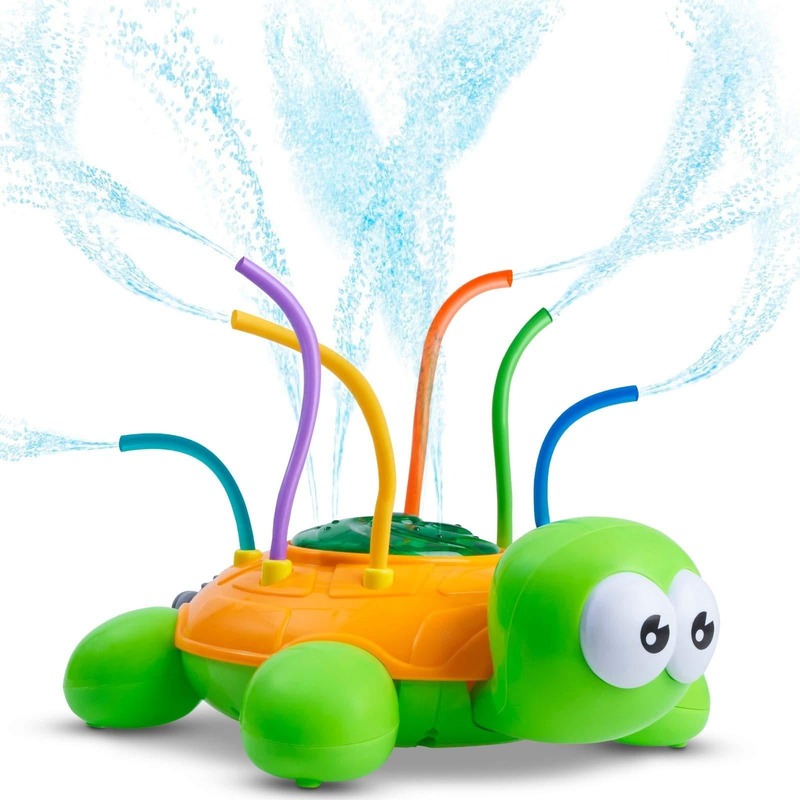
Interactive Water Toys for Skill Development
Interactive water toys do more than just entertain. They boost toddlers’ skill development in fun ways. Here’s what makes them stand out.
These toys, such as squirt guns and water-based musical instruments, require toddlers to think and react. They offer a chance to practice hand-eye coordination. Kids learn to aim, squirt, and make melodies with water. This hones their motor skills and cognitive abilities.
Interactive toys also teach cause and effect. Toddlers understand that their actions, like pushing a button, create a reaction, such as a stream of water. This understanding is crucial for intellectual growth.
Look for toys with interactive features that challenge toddlers. Choose options that require them to solve problems, like fitting shapes into matching holes on a water toy. This encourages logical thinking and fine motor skills.
Consider toys that encourage movement. Sprinklers that make kids jump or run promote physical activity. This helps in developing their gross motor skills.
Many interactive water toys are also designed for social play. Water tables with multiple stations allow toddlers to play together. They learn valuable social skills like sharing and teamwork.
Safety should never be overlooked. Make sure interactive toys are age-appropriate and free of small parts. They should also be made with non-toxic materials, ensuring safe play for all.
In summary, interactive water toys for toddlers blend excitement with learning. They encourage skills like coordination, problem-solving, and social interaction. All this, while keeping playtime engaging and safe.
Inflatable Pools: Factors to Consider for Safety
Inflatable pools are a summer favorite for toddlers. They are portable, easy to set up, and fit in most backyards. But, safety must be the top priority when choosing one for toddlers. Here are some key factors to keep in mind.
First, ensure the pool material is robust and puncture-resistant. It should handle excited toddlers without tearing. Thick, durable plastic is often a good choice.
Second, opt for pools with smooth, inner seams. Rough edges or exposed seams could scratch tender skin.
Third, size is crucial. Choose a pool that matches your toddler’s age and ability. A shallow pool reduces the risk of accidents for younger kids.
Fourth, stability is important. Inflatable pools should have a steady base to prevent tipping or shifting during play.
Fifth, look for pools with added safety features like non-slip bottoms. This helps to lower the chance of slips and falls.
Also, consider the ease of emptying and cleaning the pool. Models with a quick-drain valve save time and keep the pool hygienic.
Lastly, never leave toddlers unsupervised in or around the pool. Even shallow water can pose a risk. Keep a close watch at all times.
By considering these factors, you can enjoy inflatable pools safely. They can be a wonderful way to cool down and splash around in the summer heat. Remember, safety comes first to ensure happy, splash-filled days are also safe ones.
Safety Tips for Toddlers’ Water Play
Water play is great fun for toddlers but safety is key. Here are important tips to keep in mind.
- Always keep an eye on toddlers. Never leave them alone near water, not even for a second. Continuous supervision is a must.
- Use age-appropriate toys. Ensure water toys are suitable for a toddler’s age to prevent choking hazards.
- Check for wear and tear. Inspect toys regularly for damages to avoid any possible injury.
- Keep the play area slip-proof. Use slip-resistant mats around play areas, especially near water tables and inflatable pools.
- Teach toddlers about the dangers of water. Even though they are young, start early with simple lessons on water safety.
- Limit depth in inflatable pools. Ensure the water level is appropriate for your toddler’s height and swimming ability.
- Avoid rough play. Keep water play gentle to prevent accidental falls and scares.
- Keep water clean. Change water in pools and tables often to prevent bacteria and keep toddlers healthy.
- Dress toddlers appropriately. Use non-slip water shoes and sun-protective clothing for outdoor water play.
- Apply sunscreen. Protect delicate skin with a high-SPF, water-resistant sunscreen during outdoor playtimes.
Safety ensures that fun in the water stays fun. With these tips, toddlers can enjoy splashing around while staying safe.
How to Choose Non-Toxic Water Toys
When it comes to water toys for toddlers, safety is paramount. This includes ensuring that the water toys are non-toxic and safe for young children to handle and, inevitably, put in their mouths. Non-toxic water toys are made without harmful chemicals and materials that could pose health risks. Here are some tips to help you select safe, non-toxic water toys for your toddler:
- Look for labels: Check for toys labeled BPA-free, phthalate-free, and lead-free. These labels mean the products do not contain these harmful chemicals.
- Read the packaging: Manufacturers often list the materials used in their products. Choose toys made with natural or safe synthetic materials.
- Opt for reputable brands: Brands with a commitment to safety are more likely to produce non-toxic toys. Do some research on brands that prioritize safety.
- Avoid bright, neon colors: Some brightly colored toys may contain heavy metals or toxic dyes. Choose toys with natural or muted colors when possible.
- Smell the toy: A strong chemical odor can be a sign that a toy may not be safe. Non-toxic toys should not have a chemical smell.
- Check for recalls: Stay informed about toy recalls due to safety concerns. Look up recent news or visit consumer safety websites.
- Ask for recommendations: Speak with other parents, read reviews, and seek advice from child safety groups.
By taking these steps, you can help ensure that the water toys you choose for your toddler are not only fun but also safe and non-toxic. Remember to always supervise your child during water play and frequently check toys for any sign of wear and tear that could expose them to harmful materials. Safety first ensures that water play remains a joyful and harmless activity for your toddler.
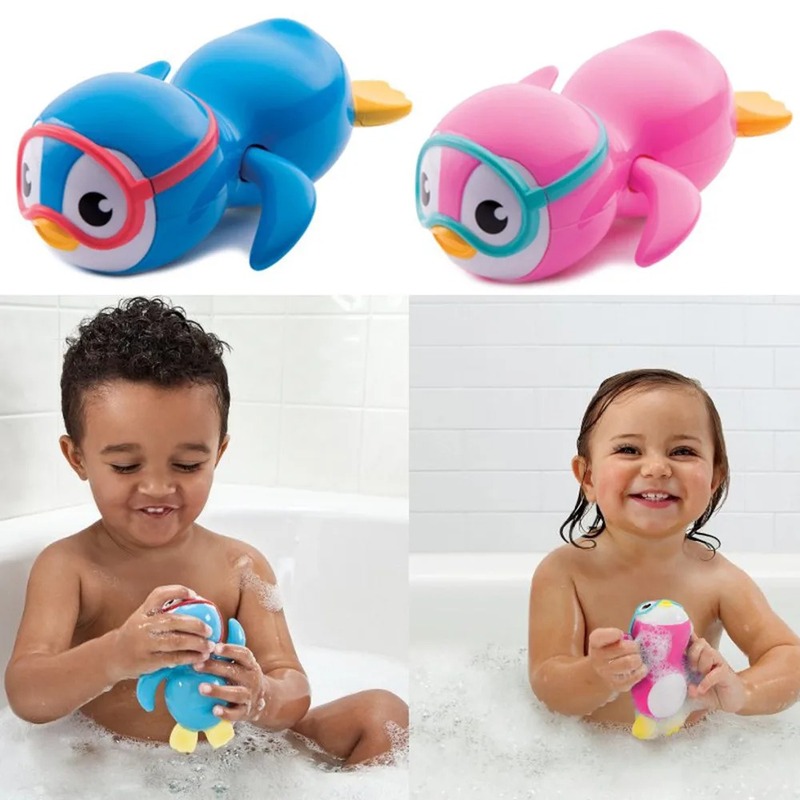
Maintaining and Storing Toddler Water Toys
To keep water toys for toddlers safe and fun, proper maintenance and storage are key. Here’s how to care for these toys:
- Clean regularly: After play, wash toys with mild soap and rinse well. This stops mold and bacteria from growing.
- Dry thoroughly: Ensure toys are completely dry before storing. This prevents mildew and extends the life of the toys.
- Check for damages: Look for cracks, leaks, or breaks. Dispose of damaged toys to avoid any harm.
- Store properly: Keep toys in a cool, dry place away from direct sunlight. Use mesh bags or bins for airflow.
- Organize toys: Sort toys by type or use. This makes finding the right toy easy and reduces clutter.
- Repair leaks: Use repair kits for inflatable items. Small punctures can often be fixed and save the toy from being thrown away.
By following these tips, water toys for toddlers will remain clean, safe, and ready for the next playful adventure.
